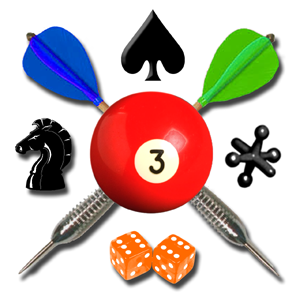Happy New Year!
Although 2020 was fairly average for SophSoft, Incorporated and Digital Gamecraft™, I am not terribly satisfied with that outcome, given the huge number of internal (and external) projects we have and all of the unrealized potential. Therefore, with more than a little optimism, I have set a very aggressive development schedule for the coming year.
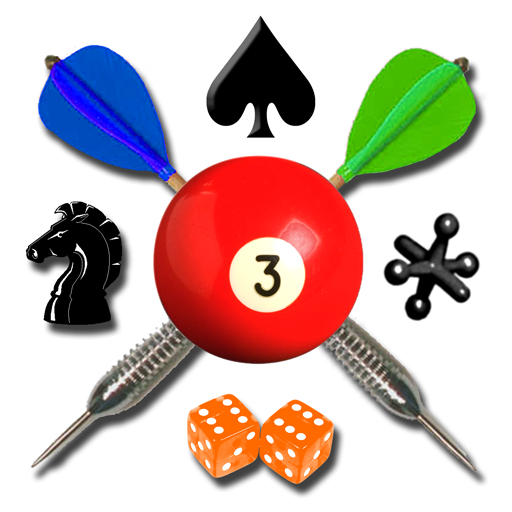
Development Goals
Our primary goal for 2021 is shipping our first, internally designed and developed, console title. This project is well underway, but still has a lot more to be done. We are hoping to be completed with the development within about 3 (more) months, but how long the approval and publishing process takes is beyond our control (or experience).
Depending on the success of that title, we may (or may not) adjust the rest of the schedule to take advantage of other related opportunities (in particular, adding another console platform or two to our repertoire). However, at the moment, the development schedule calls for brand new game releases in July and November, as well as the initial version of a productivity tool and the first look at another project, a reference site, as well as maintenance updates for Demolish! Pairs, during the year.
Combined with work for our current clients, we expect (amazingly) to have new products or product updates releasing every month in 2021.
For much of 2020, I have been working with a client who publishes a major utility to add a significant feature that will make an already indispensable tool (that I used and advocated prior to this gig) even more useful for programmers like myself. Although I have absolutely no control over feature integration or release scheduling, I am hopeful that the result of this work will become publicly available this year. (At some point, I will have to get permission to reveal the product name and promote it, instead of just teasing.)
Our work with Goodsol Development continues, too, and although I cannot give the planned schedule, you should expect to see many more games added to Pretty Good Solitaire Mac Edition, Pretty Good Solitaire for iPad, and Pretty Good Solitaire Mini for iPhone, probably some new layouts for Pretty Good MahJongg, and perhaps even some updates for Goodsol Solitaire 101, Most Popular Solitaire, FreeCell Plus, and Action Solitaire. Of course, these games are pretty great already, and Goodsol has not charged for updates for any of the above titles, so I recommend buying them all now. 😉
Business Goals
For the moment, the company has almost everything it needs to accomplish the above goals, although it will take a huge effort on my part. The one thing we still need is serious funding, such that we can afford more help, but for the moment we are still bootstrapping.
From the business standpoint, our basic goals are:
- Stay healthy, safe, and productive.
- Continue to reliably make payroll while growing income.
- Connect with a great artist (or two) for our games, and maybe a marketing expert.
Note that we are not looking to take over the world until 2022 at the earliest.
Evaluation
This post lays out the goals for the year, obviously, so we can look forward, but part of the purpose of the post is also so we can look back on them at the end of the year and assess how the year has gone relative to what we hoped and expected. (More often than not, something external, like a new client, an emergency project, or an unexpected international hit game [knocking wood], causes priorities to shift.)
This is, truly, an incredibly aggressive development schedule, and if we can even get close, without disappointing ourselves or any of our clients, then that will be worth an A+.
If we can complete at least three of the (five) planned major releases this year, that will still be a great performance, but bittersweet for not getting everything done. Anything less would be disappointing, although just making it to our 40th anniversary early next year would be an accomplishment itself.
Of course, we give client projects priority over our internal projects, which is why (in the past) we have not made the desired progress with Digital Gamecraft products, but I believe (without going into detail here) that we have the organizational processes and development foundations in place to accomplish all of the above (without “crunch”).
Now, there is nothing left to do but DO.

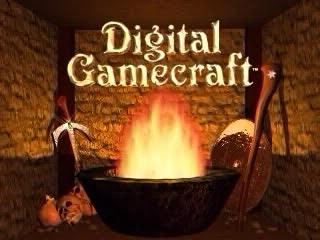
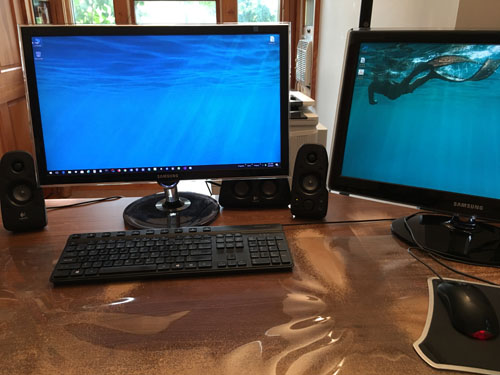
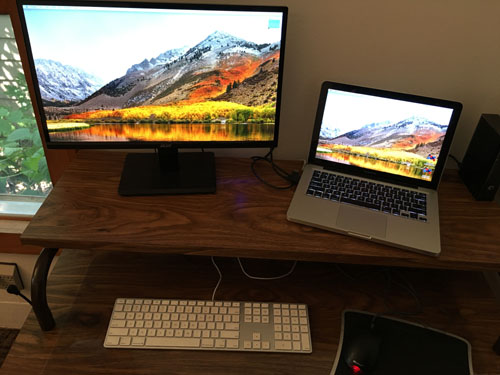
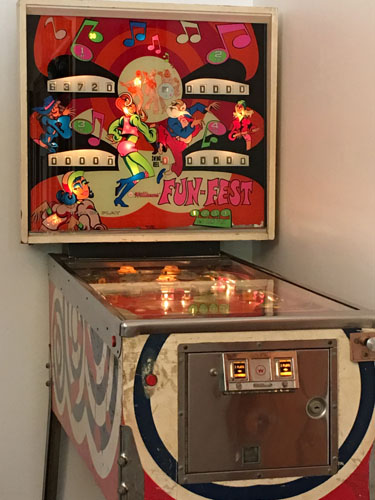
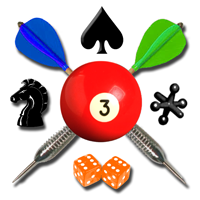 The Roman calendar started in March (
The Roman calendar started in March (